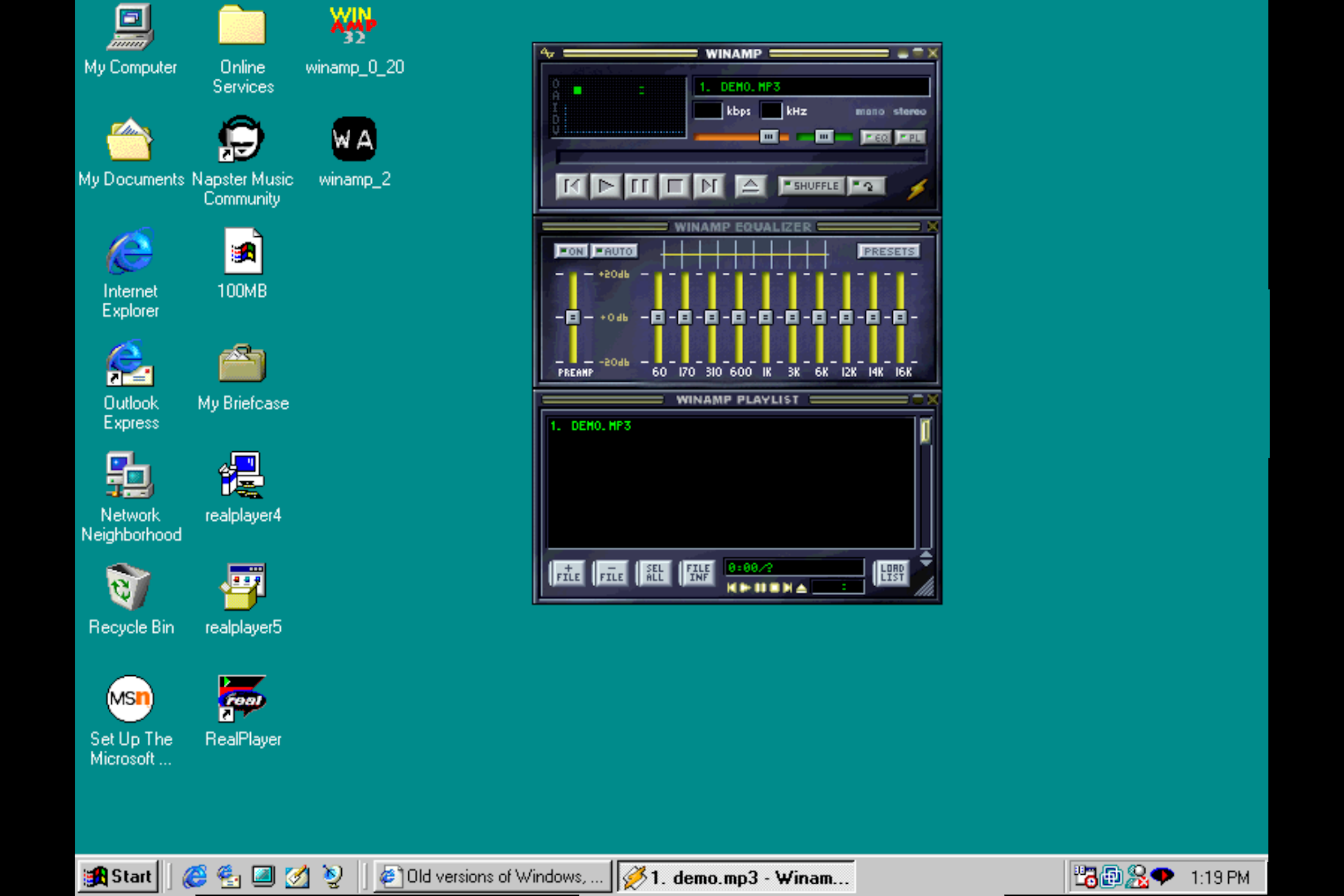

since I don’t want to pay for SSL certificates to setup https.
You don’t need to pay for SSL certs anymore, most of the time. You can get them for free from a bunch of different places now. I use Let’s Encrypt. The web server/reverse proxy I use, Caddy is able to automatically get a cert for you, install it, and keep it renewed. The only time you need to pay for a cert is if you are handling financial transactions.
Are there security issues I should address preemptively?
WordPress itself has a generally good reputation for security, though depending on how the current drama goes, that may change. WordPress security problems have almost always stemmed from plugins or poor password hygiene. Remove any plugins you are not actively using, keep the ones you are using updated, and use a good password that you don’t use anywhere else. A password wallet like Bit Warden can generate and store such passwords for you.
Better on the security front would be to evaluate whether you actually need something like WordPress at all. A static site would likely be far more secure. There’s less moving parts that might be vulnerable.
While you could program a static site yourself, it’s more common nowadays to use a static site generator like Hugo to build the site. You set it up once for how you want the site to look and then you write your posts in markdown or whatever your particular generator uses.
I don’t have anything to manage my dynamic IP
Most domain name providers have some sort of setup for dealing with dynamic IP addresses, a program called ddclient is pretty common and is available in most repos.


To add to this, you might check out some of the free Hugo themes here: https://themes.gohugo.io/tags/portfolio/